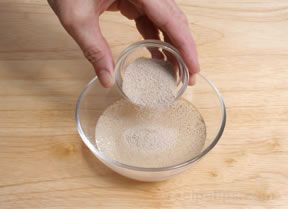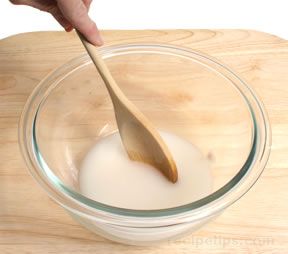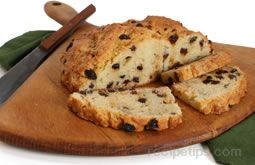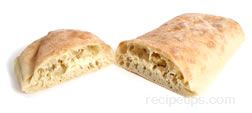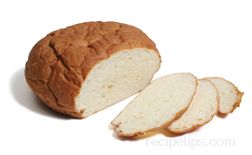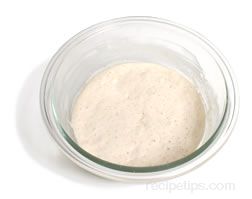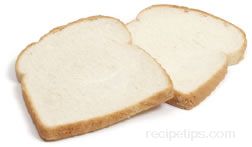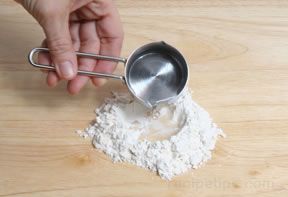| In a small bowl, cream ¼ ounce fresh yeast in ¼ cup warm water (95º to 115ºF). Allow it to sit 7 or 8 minutes. |
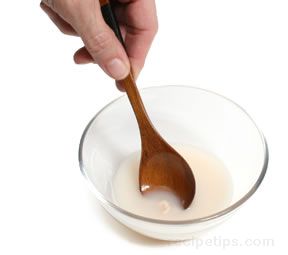
|
| In a large bowl, add 3 cups of flour and form a well in the center. |
 |
| Add the yeast mixture to the well and begin pushing the flour into the well. Add enough water (up to another ¾ cup) to create a dough that is firm, but not too dry. |
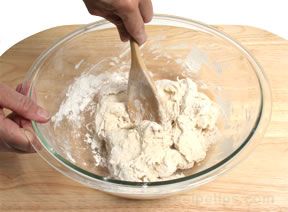 |
| Transfer the dough onto a floured work surface and knead it for several minutes to form an elastic and firm ball of dough. |
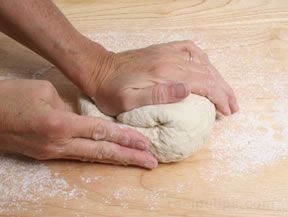 |
| Place the ball of dough into a bowl, cover with oiled plastic wrap, and allow it to rest in a warm location for 12 to 16 hours. |
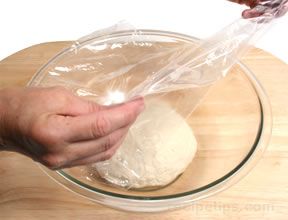
|
| The starter dough, or biga, will rise and then begin collapsing, which indicates that it is ready to use. |
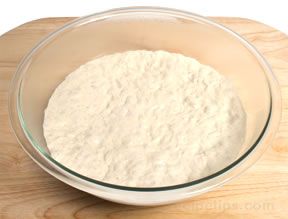 |
| After the starter dough has been allowed to rest for the required time, the bread can be prepared. In a medium sized bowl, add ½ cup warm water to a ½ ounce of fresh yeast and blend until the mixture is creamy. Then add another 1 cup of warm water and stir. |
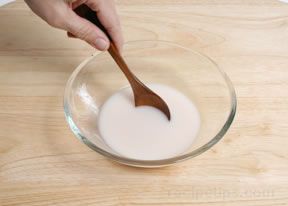 |
| Pour ¼ cup warm milk into the yeast mixture and stir. |
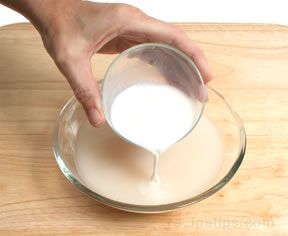 |
| Pour the yeast and milk mixture into the bowl containing the biga starter and blend with a large wooden spoon. |
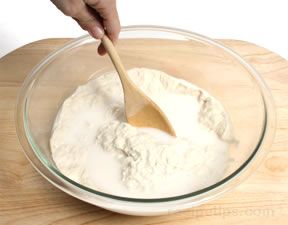 |
| Gradually add 4½ cups flour, first mixing with a wooden spoon, and then mixing with your hand as the mixture becomes thicker. The dough will be loose and wet. When all of the flour is incorporated, knead the dough within the bowl for about 12 to 15 minutes. The dough will be too difficult to knead on a flat work surface. |

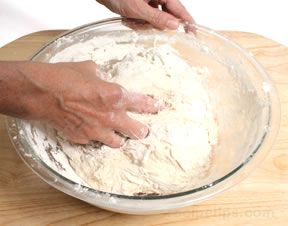
|
| Add 2 teaspoons of salt and pour in ¼ cup olive oil. |
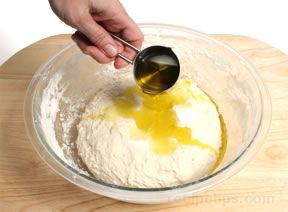 |
| Work the salt and oil into the dough. |
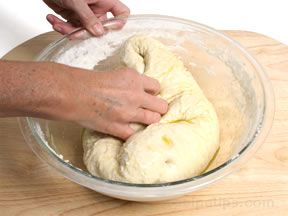 |
| Cover the bowl with oiled plastic wrap and proof it until the dough has doubled in size. 2 hours is usually sufficient for this. |
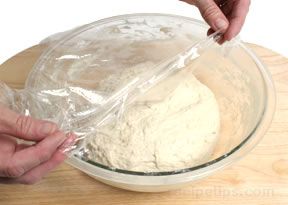 |
| After the dough has risen, do not punch down the dough. |
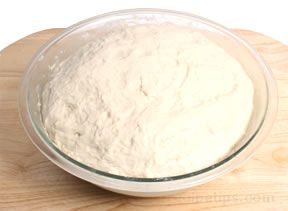 |
| Using a wooden spoon, gently push half the dough onto a well floured baking sheet and the other half onto a second baking sheet. One large baking sheet may be adequate to accommodate both loaves. |
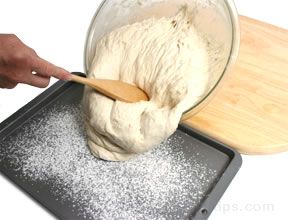 |
| Shape the dough into a long, low oval and gently flatten it so that it is about an inch thick. Do not use excessive force when flattening. |
 |
| Sprinkle the dough with flour and allow the loaves to proof for 30 minutes. |
 |
| Bake the loaves in a preheated 425ºF oven for 25 minutes. The bread should be golden. Test for doneness by listening for a hollow sound when tapping on the bottom of the bread, and then cool the loaves on a wire rack to prevent the bottoms from becoming soggy. |
 |
























